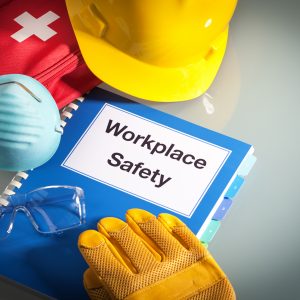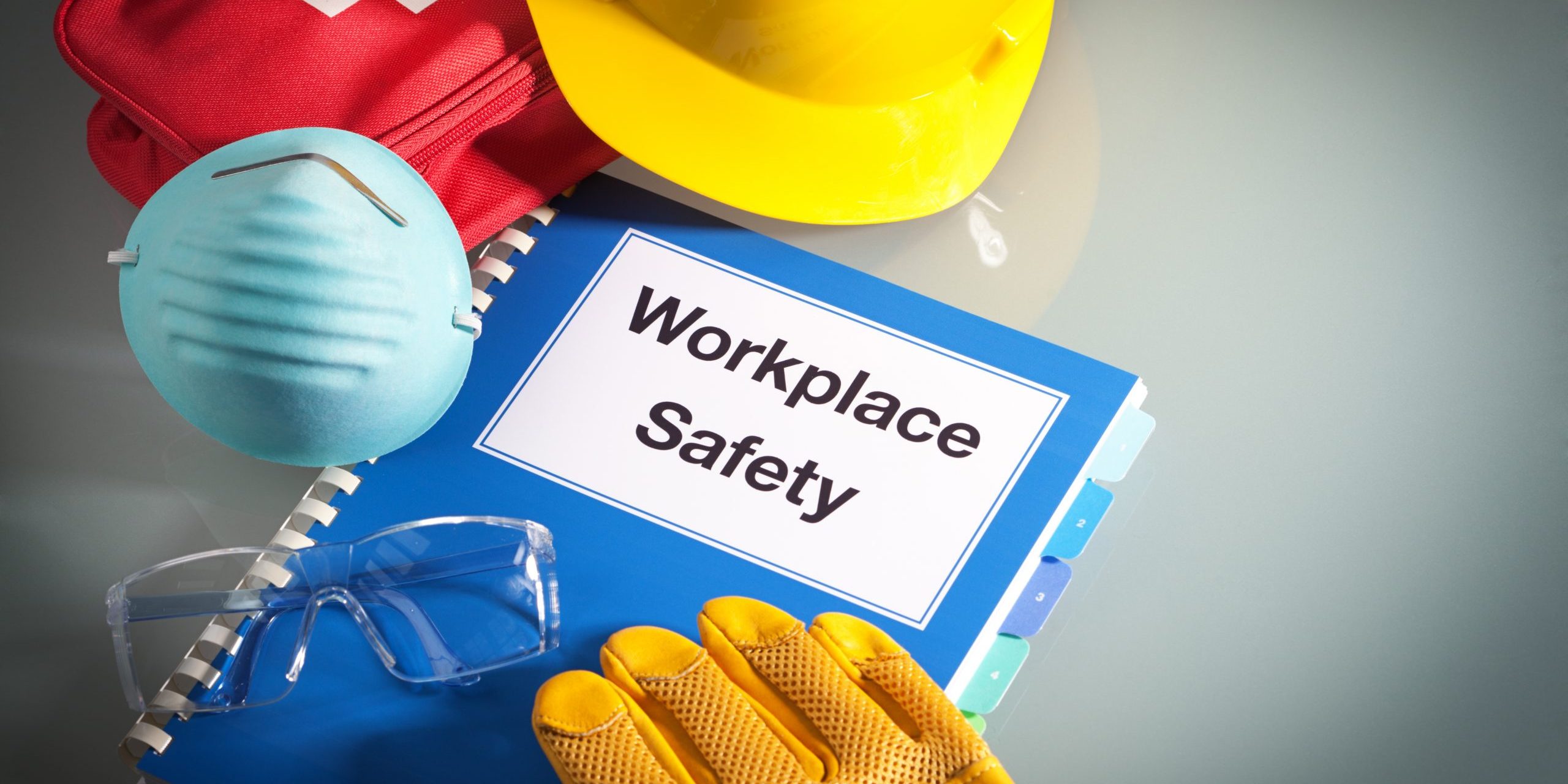
A comprehensive safety plan benefits both employees and the bottom line. It can help organizations comply with local and federal laws and industry regulations. In addition, a company’s approach to safety can help or hurt its reputation. But safety isn’t a one-and-done task—it should be an ongoing process that a company frequently revisits. Let’s dive deeper into the ways safety matters to your business.
Good Safety Is Good Business
Every business wants to reduce risk, and safety represents a significant component of that risk. Many companies understand in a general sense why safety is good business, but it’s essential that an organization drill down on the specifics. For example:
- A safety record can boost or hurt the ability to obtain and retain contracts. Other companies want to actively avoid risk and align with companies that share their safety values.
- A focus on safety keeps good employees at work. When poor safety sidelines good workers, a company loses both the production value and gains the potential costs of claims and fines.
- Your safety culture can raise or lower your company’s overall valuation.
Safety Is a Transformational Force
Organizations can approach safety reactively or proactively. And by taking a proactive approach, companies can anticipate risk exposure. This method also allows companies to design programs in a defensive way. When companies commit to prioritizing safety, it becomes a transformative process because they’re embarking on a journey to completely reframe how to achieve their goals. And a safety transformation involves building a safety culture and developing leadership.
Developing Your Leadership
As industries become more competitive, it is common to see organizations place a lot of emphasis on increasing production. Sometimes, this emphasis on production can come at the cost of safety. Getting leadership on the same page with a safety plan is instrumental in communicating a company’s safety priorities. When leaders commit to the program, employees are more likely to follow suit. In addition, a commitment by leadership signals that the company values its employees.
Creating a Safety Culture
When leadership commits to safety, an organization can begin to create a safety culture that employees are more likely to buy into. To start building or repairing the safety culture, organizations should:
- Ensure leadership is not just saying the right things but actively doing and supporting
- Identify anything within the organization that does not align with making safety a priority.
- Analyzing the gap between expectations and reality—and building a program to close that gap.Creating science-based training programs that close the safety gaps is critical for several reasons. Not only does it reduce the number of safety-related incidents, but it can lead to significant improvement in employee retention. Employees also feel a sense of ownership of the process and are more likely to support each other in working more safely.
Safety Matters Are Everyone’s Business
When companies prioritize safety, they are less likely to experience long-term business costs. Instead of waiting for problems, companies should be aware of the risks to businesses and how to best implement safety education in the workplace.
To get additional insight on how a robust safety program positively impacts your bottom line, contact Interwest Insurance Services.


